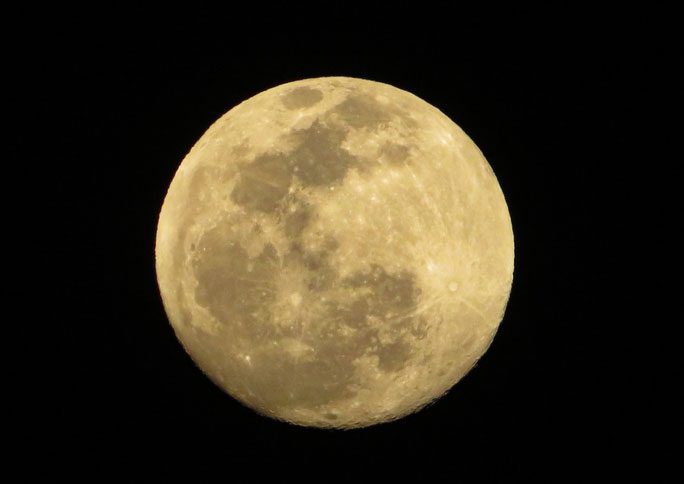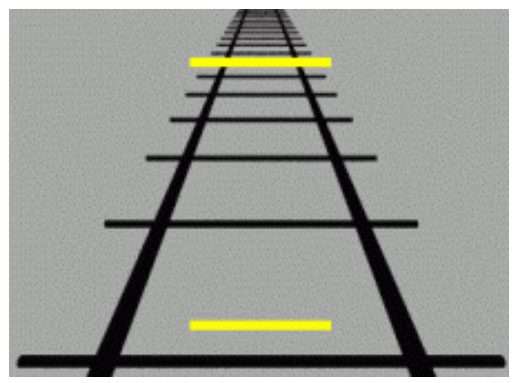The “Summer Moon Illusion” featuring an unusually large, fiery orange full moon occurred on the night of May 4-5 and may continue on May 5, just before the anticipated penumbral lunar eclipse.
On the night of May 4, coinciding with the nearly full moon of the 15th day of the lunar month, the moon appeared in several locations with a striking fiery orange hue, appearing as large as a supermoon.
According to NASA, the moon itself does not change; rather, what people on Earth are experiencing is the “Summer Moon Illusion”, which can easily occur when one is in a large city.
The Summer Moon Illusion is most easily observed around June, but full moons before and after can also exhibit this phenomenon. There are two main reasons that lead to this effect.

The moon observed from Ho Chi Minh City at 7 PM on May 4, appearing fiery orange and hanging low in the sky – (Photo: ANH THƯ).
First, the natural position of celestial bodies in summer allows people on Earth to start the evening with the moon hanging low near the horizon, sometimes even seeming to embrace the sun during sunset.
This observation position makes one see the moon through a thicker layer of atmosphere, which acts like a prism dispersing light, resulting in more red light being visible, thus giving the moon a fiery orange tint.
Second, this light dispersion is even more evident if you are viewing through an atmosphere polluted by urban smog and smoke from summer wildfires—conditions that have affected Southeast Asian countries, including Vietnam, as well as many places around the world during the unusual warm season of 2023.
The reason the moon appears larger is due to the optical illusion known as the “Ponzo Illusion”, where an object farther away often looks larger, combined with how our brain perceives any object near the horizon, according to educator Carl Wenning from Illinois State University (USA).

Graphic depicting the Ponzo Illusion: You will see the upper yellow line appearing longer than the lower yellow line even though they are equal in length. This explains why the moon hanging low (further from the viewer) often appears larger than the moon high in the sky when viewed normally (Graphic: NASA)
On the night of May 5, after admiring the “orange moon” in the early evening, Vietnamese people can continue to see the “gray moon,” which is the penumbral lunar eclipse phenomenon.
According to the positioning from Ho Chi Minh City by Time and Date, the penumbral lunar eclipse will begin at 10:14 PM on May 5, reach its peak at 12:22 AM on May 6, and conclude more than two hours later at 2:31 AM.
Most of Asia, Europe, Africa, Australia, and Antarctica will be in the observation zone for this penumbral lunar eclipse.
A penumbral lunar eclipse occurs when the sun, Earth, and moon are not perfectly aligned as in a typical lunar eclipse, causing the moon to pass through the Earth’s penumbral shadow instead of the umbral shadow.
A penumbral lunar eclipse does not produce a blood moon (total lunar eclipse) or “bite” a portion of the moon like a partial lunar eclipse, but simply casts a soft shadow like a black veil over the moon.


















































